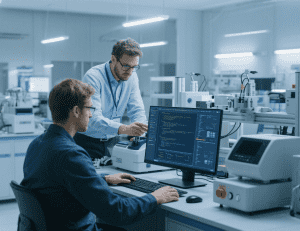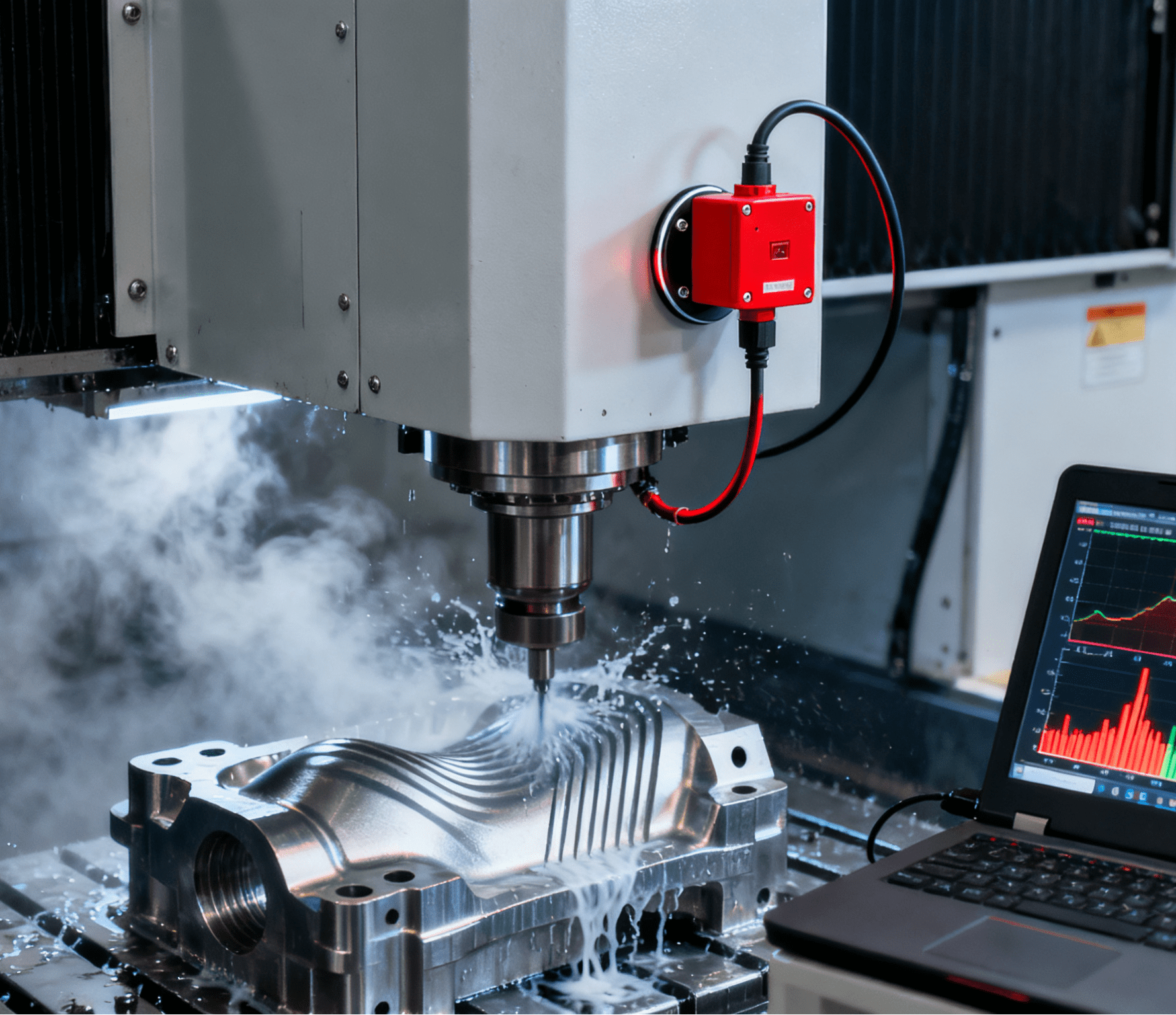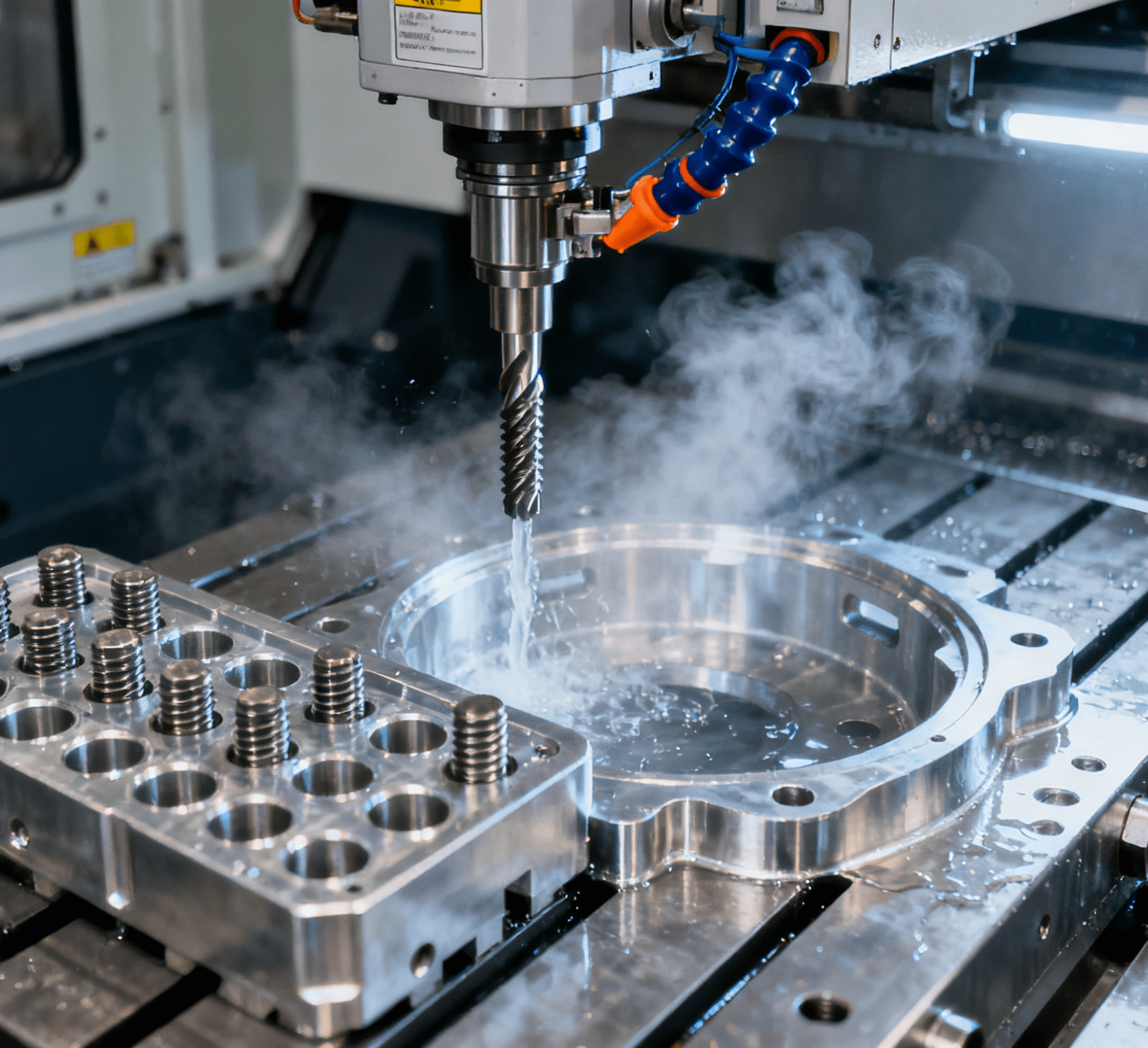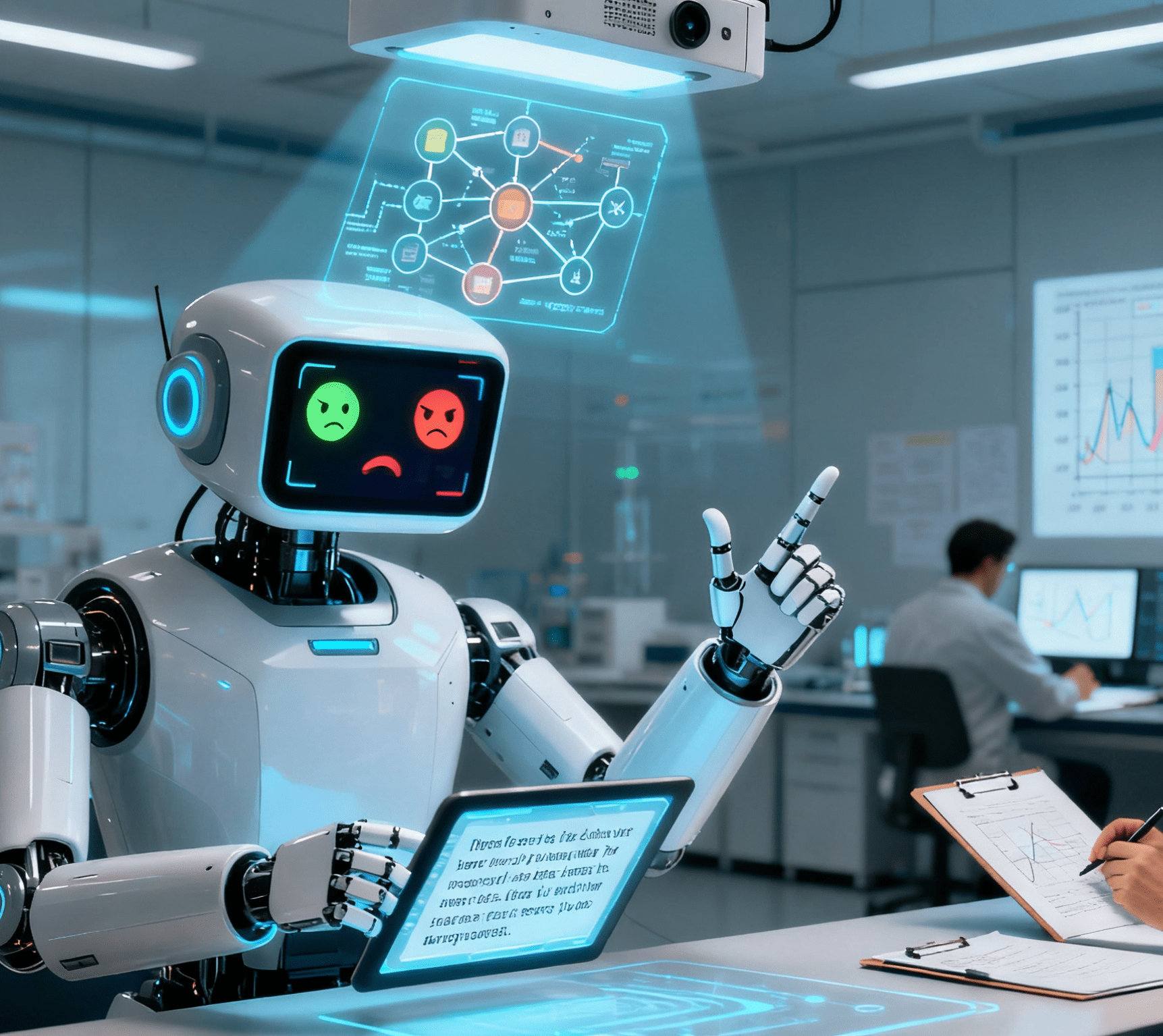Table of Contents
ToggleCenter for AI Standards and Innovation: Paving the Way for Secure Intelligent Automation

The original institute has embraced a transformative shift to address the evolving challenges of artificial intelligence, recognizing that safeguarding AI systems now requires a dual focus on intelligent automation standards and technological innovation. Rebranded as the Center for AI Standards and Innovation, the entity transcends its previous safety-centric mandate to foster a framework where AI can drive industrial progress while upholding security. This pivot reflects a critical realization: in an era where industrial automation and automation equipment increasingly rely on AI, shared standards are essential to unlock innovation without compromising reliability.
Key Objectives of the Center for AI Standards and Innovation
The institute’s threefold mission integrates safety with operational efficiency:
- Develop common guidelinesfor creating and responsibly deploying AI in intelligent automation systems, ensuring compatibility with industrial workflows.
- Promote innovation that merges safety with effectiveness in AI-driven solutions, particularly for automation equipmentand manufacturing ecosystems.
- Coordinate public-private collaboration to standardize approaches, ensuring AI regulations align with the pace of technological advancement in industrial settings.
These efforts aim to build a technological environment where AI-powered automation equipment can operate safely, reducing risks from unregulated applications while enabling seamless integration into factory floors and supply chains.
Sustainable Innovation and Safety in AI
Innovation in AI must walk a tightrope between progress and ethics—especially in domains like industrial automation, where AI-driven machinery directly impacts productivity and worker safety. The Center focuses on balancing advanced technological solutions with security, preventing errors in AI systems that could disrupt manufacturing lines or compromise equipment. By partnering with universities, regulators, and industry leaders, the Center fosters a collaborative culture where AI standards for automation equipment are co-created, ensuring they reflect real-world industrial needs.
This approach not only influences public policy but also shapes a market where intelligent automation thrives. Clear standards eliminate compatibility barriers between AI systems, enabling factories to adopt scalable solutions that enhance efficiency without sacrificing safety.
The Importance of an Inclusive and Dynamic Approach
In a landscape where automation equipment evolves rapidly, the Center adopts a participatory model, updating guidelines to mirror technological breakthroughs. This agility is crucial for industrial automation sectors, where AI integration must keep pace with global manufacturing demands. By engaging stakeholders—from engineers to policymakers—the Center ensures AI standards remain adaptive, forming a robust foundation for responsible AI adoption in industries ranging from automotive to pharmaceuticals.
Education also lies at the mission’s core, as public trust in AI-driven intelligent automation hinges on shared understanding of its benefits and risks. The Center aims to demystify AI for workers and consumers alike, fostering a society ready to embrace automated futures safely.
Conclusion: A New Paradigm for AI in Automation
The transition to the Center for AI Standards and Innovation marks a pivotal shift: from reactive safety measures to proactive, standards-driven innovation in intelligent automation. By anchoring AI development in industrial realities—where automation equipment and industrial automation systems are the backbone of modern production—the Center positions itself as a global catalyst. Its mission is clear: to forge an AI ecosystem where technology empowers manufacturing, healthcare, and beyond, while ensuring every automation breakthrough is rooted in security, transparency, and shared responsibility.
For industries reliant on AI-powered automation, the Center’s work is not just about standards—it’s about defining the future of sustainable, secure industrial progress. Stakeholders across automation equipment design, manufacturing, and policy must engage with this initiative, as together, they will shape an AI landscape that delivers lasting value without compromising safety.




















